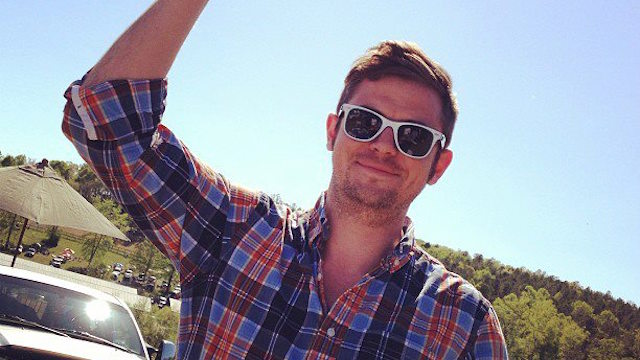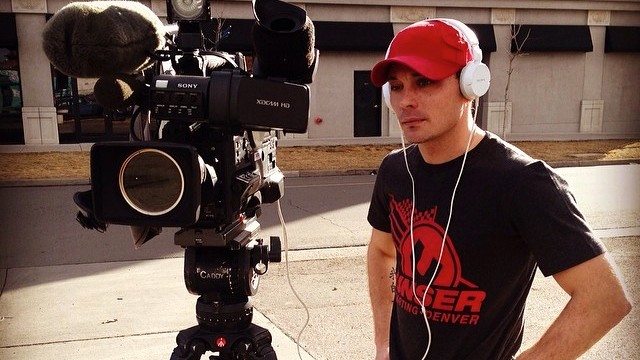Podcast: Play in new window | Download
Subscribe: RSS
Roughly seven minutes into this episode of the Telling The Story podcast, guest John Kirtley said the following:
“No one said this was easy. If it was easy, the world of storytelling wouldn’t be such a unique thing.”
During an already honest interview, this was a particularly honest moment. So often in this business, we try to maintain an optimistic, even idealistic, point of view. But Kirtley made his opinion perfectly clear: this job is difficult.
And to do it well, and to do it regularly? Even tougher.
“It’s practice; you know that. You gotta work on improving a little detail each time, and eventually you’re going to get to the point where it all adds up.”
Kirtley has seen things add up. He has worked in numerous cities in his ten-year career, but he has found a home in Asheville, N.C., where he has now become the assistant chief photographer at WLOS-TV. He has also claimed seven regional Emmy awards.
He joins me for Episode #25 of the Telling The Story podcast.

